How To Origami — Valentine’s Cat Edition
February 28, 2022
This Week’s:
Historical Fact — The first book about origami ever made was Tsutsumi-no-Ki, published in 1764 by an unknown author. The book showed how to fold noshi and tsutsumi, which are both just different words to describe folding paper to wrap objects (Source).
Fun Fact — The largest display of origami giraffes in the world is 18,490, and was achieved by Tiergarten Schönbrunn after a historic zoo exhibit had to close. The community came together and many organizations ended up sending origami giraffes over (Guinness World Records).
Featured Origamist — Robert J. Lang. He was an American physicist up until 2001, when he left to do origami full-time. He is most known for his use of math, physics, computers, and other technologies to make and understand origami after being introduced to it at a young age. His works are known to be elegant and complex, and mostly of insects and animals, and he has also been praised for his real-world applications of origami to engineering problems (Robert J. Lang).
Featured Work- Eastern Dragon, by Satoshi Kamiya. This piece can be found on this site
Tip — Make sure that the square paper is actually square; a tiny margin of error can quickly multiply in a craft so precise (Tips for Folding…).
With Valentine’s Day just departed, what better time is there to start planning next year’s? This origami cat can be used all year round, but is a particularly cute thing to pass out with candy — and it is so simple that even the most beginner of beginners can do it with some great results.
For this cat, origami paper and some scissors were used — origami paper is recommended, and can be found on places like Amazon or in some stores, but can also easily be made from regular paper with just scissors, if none is available. For this piece, the tutorial is made using a full piece of paper, but a fourth of a regular piece of origami paper for each piece of paper used in the tutorial is recommended. Since these cats do not take much folding, smaller paper looks significantly better in the end. If you are at all interested in the series, make sure to check out either the first installment or this latest one.
First, start with a fourth of a regular piece of origami paper. Next, fold it in half diagonally.
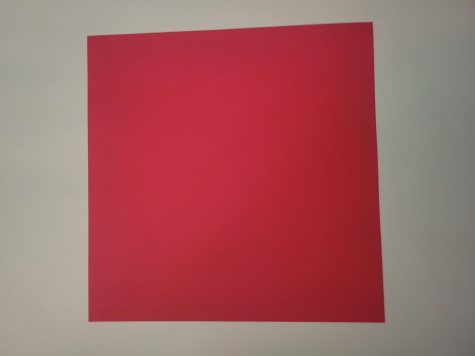
After that, take one point of the triangle and fold it up to the top. Then take the other side and do the same thing, so it looks like a tiny square.
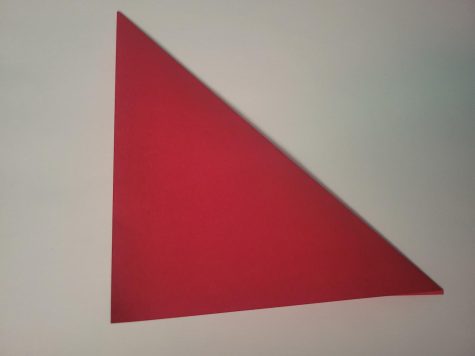
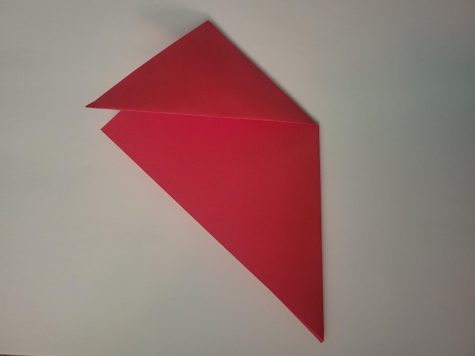

Proceed to then take one of the points just folded up and fold it back down about halfway, but not so that there is only one point. The fold should be at an angle to allow the triangle to show through. Repeat with the other side, making sure to line the angles up.
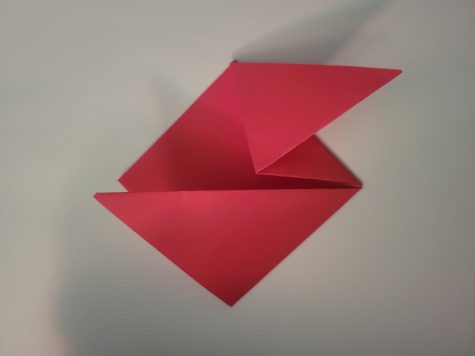
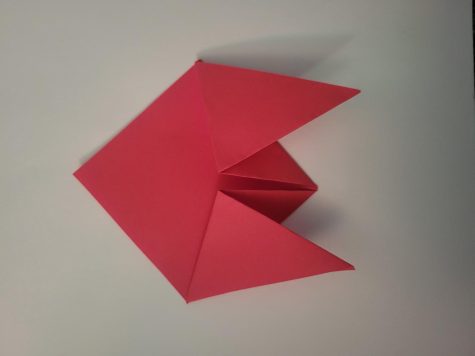
Next, take the tiny point in the middle of the two larger points and fold it up. Then flip the whole thing.
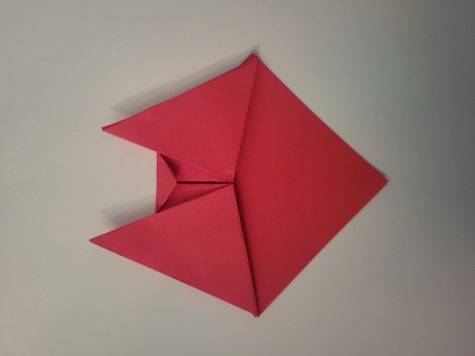
Proceed to take the point at the bottom and fold up, but not too much. There is no set point to fold it at, but folding it minimally is best, as pushing it up too far may make the cat’s head look odd or misshapen.
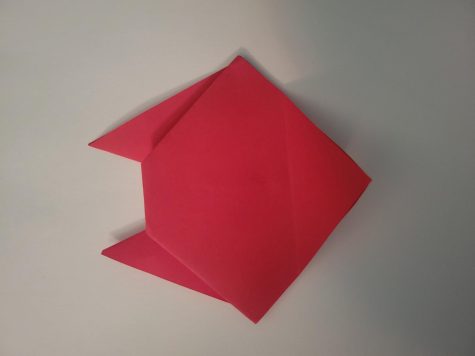
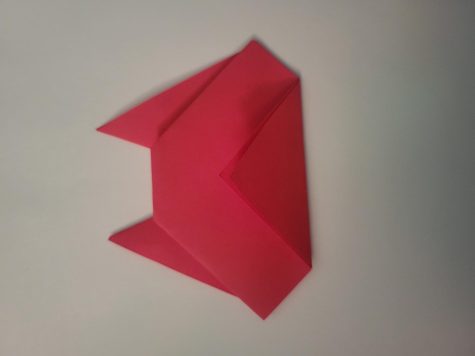
Take the point just folded and open up to the inside of the head, pushing the two lines from each side where it was folded in, so it looks like a clean cat head. Set this off to the side for now.
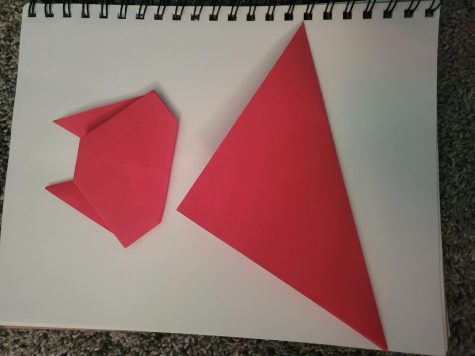
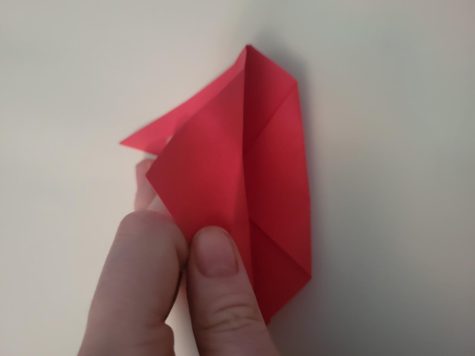
Next, proceed to take the second piece of paper and fold it in half, like with the first.
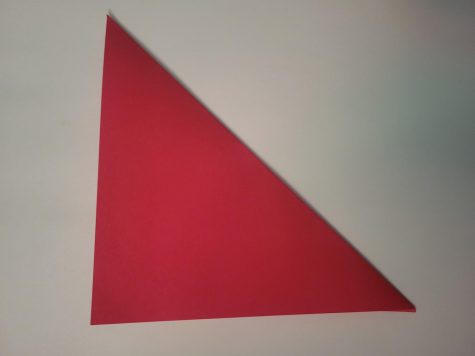
Take one side and bring it up, but consider a few things before. If someone is wanting the cat to stand, fold the part directly across to the point — this gives it the stability to stand. If it is going to be sitting flat, though, folding at an angle would be best, as it looks cuter.
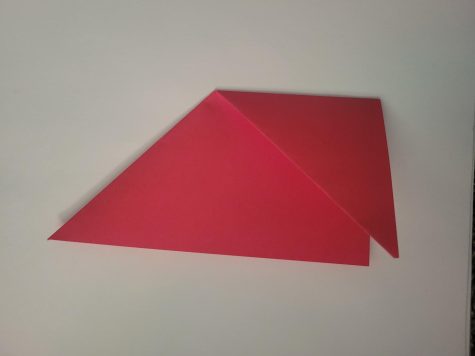
Now it’s time to combine the two pieces. Grab the head, and unfold the top little flap between the ears.
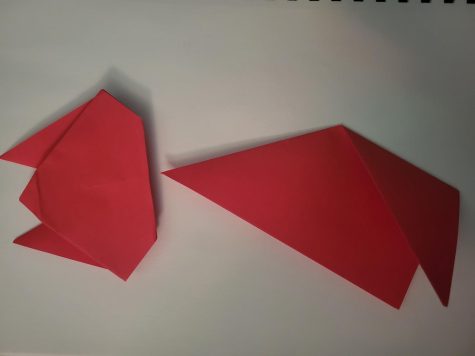
Push the body, tail part down, up into that flap. The body does not need to go in all the way, just some to be able to work.
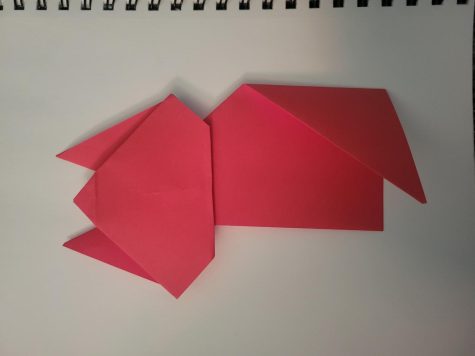
Proceed to position the head in whatever position seems best and fold the flap back down. For some extra things to make it look better, tape the body to the head where they connect and the outside little flap down.
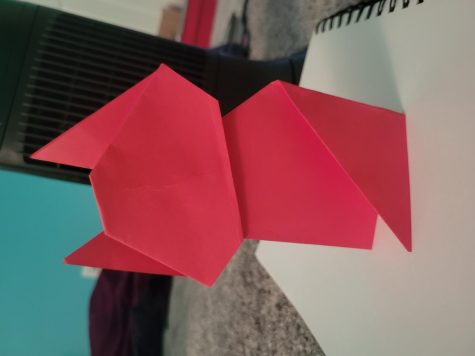
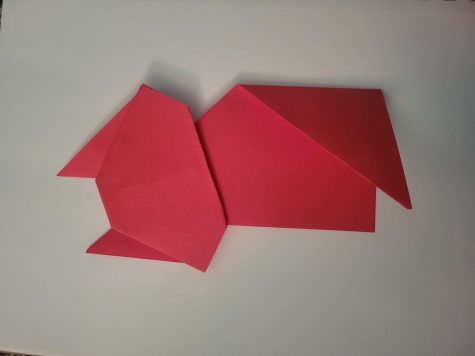
And, lastly, add whatever facial features seem right.
And then it is done. A fully functioning, tiny origami cat perfect to hand out to any friend. They will be sure to appreciate not only the candy, but also the work put into showing them you care. I hope that today’s tutorial was enjoyable, and for success in any future origami endeavors. Tune in for the next tutorial to find out how to make an origami succulent plant.
Today’s tutorial was originally made on Youtube, 2019 by Mr. Easy Origami ART DIY: Paper Crafts. Click here for the original video.

